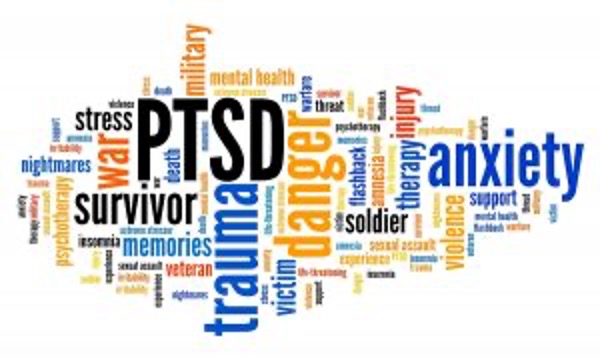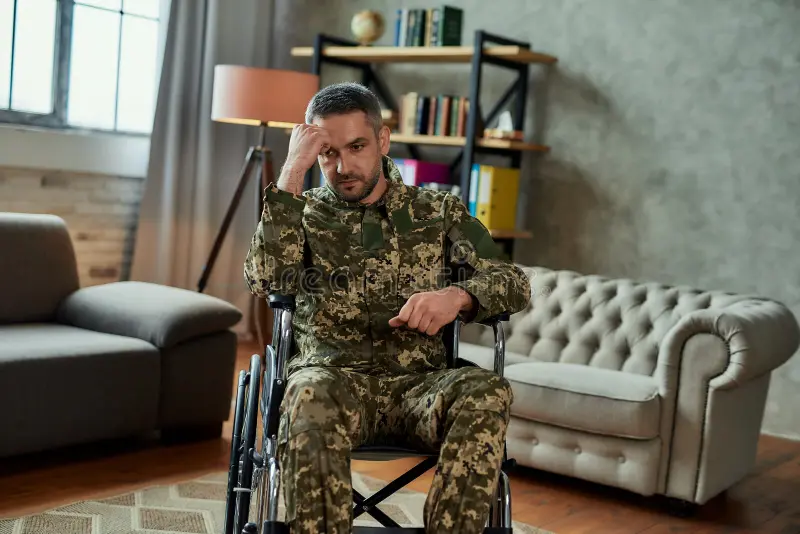Trauma
What is trauma? The first thing that comes to mind for many people is something like being in a car accident, being assaulted, or fighting in a war. Those are what are called “big T” traumas.
Not everyone experiences “big T” traumas, but everyone experiences “little t” traumas. These traumas include anything that undermines your sense of self, from being made fun of on the playground as a kid to being ignored or unfairly reprimanded by an authority figure.
What would you guess is the kind of trauma that is hardest to heal? Many people would guess it’s big T traumas, because they are much more dramatic and potentially instantaneously life-altering than little t traumas are.
Nevertheless, it’s not the big T traumas, but the little t traumas that are hardest to heal. Another EMDR therapist I know said that if a big T trauma was in no way connected with anything else in a person’s life, it could be healed in only a session or two.
She also pointed out that she has yet to see one of those, and I agree. It’s not that simple because these types of traumas invariably hook into thoughts and feelings that we already have. For instance, they can trigger a long-held belief like “I’m not safe.”

In many cases, these underlying beliefs originated in little t traumas. As an example, let’s look at “I’m not safe.” Safety is so much more than physical; it’s also emotional. Years ago, I heard someone say that she had been physically, sexually, and emotionally abused, and the emotional abuse was the most harmful. Emotional abuse is one of the primary sources of little T traumas.
Little t traumas are harder to heal than big T traumas for multiple reasons. One is that people are less likely to identify them as traumas. Having your arm broken by a parent is an obvious trauma. A less obvious trauma is being told by a parent “We give you everything, and you don’t care about anyone but yourself.”
Little t traumas are insidious. They penetrate our core sense of self and create negative beliefs that are very hard to dislodge.
One of the steps in the standard EMDR protocol is to ask “What negative thought do you have about yourself now when you think about the memory?” The three most common negative thoughts that come up for my clients are “I’m not enough,” “I’m not worthy,” and “I’m not loveable.” All three of these beliefs come from little t, not big T, traumas.

The good news is that all of my primary therapeutic techniques (EMDR, Brainspotting, IFS, and
sandtray therapy) are highly effective at treating both big T and little T traumas.
If you’re ready to start healing from your trauma, call or text me at 410-888-0590 or email me at JenniferBeall.LCPC@gmail.com.

